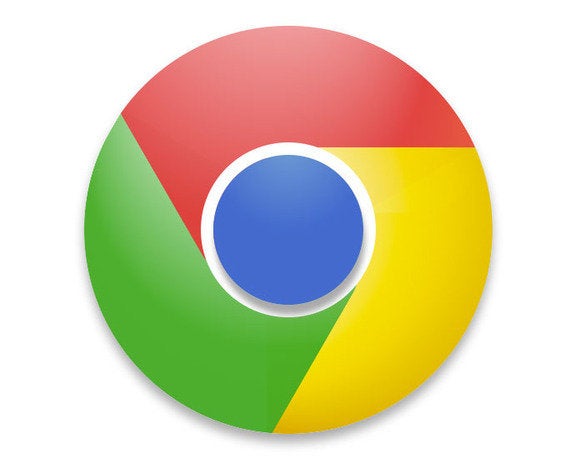
For example, Chrome offers no reading mode, which you find in many of the alternatives included here. If you’re like the majority of web users, you’re using Google Chrome, which means you’re missing a few very useful features. Many of the alternative browsers that aren't so mainstream offer unique or interesting capabilities, such as greater customization, added privacy, and different browsing tools. Though large tech corporations leverage their dominance to promote use of their own web browsers, you do have a choice in which browser you use. How to Set Up Two-Factor Authentication.How to Record the Screen on Your Windows PC or Mac.How to Convert YouTube Videos to MP3 Files.How to Save Money on Your Cell Phone Bill.How to Free Up Space on Your iPhone or iPad.How to Block Robotexts and Spam Messages.You can also whitelist sites so that Chrome doesn't suspend them.Ĭlick the 'Add' button under the 'Always keep these sites active' section to add sites to the whitelist. Next, you will have the 'Performance' tab to enable 'Memory saver' as shown in the first screenshot. Once installed, you can access the feature from More tools -> Performance. How to free up memory?: First, ensure that you have the latest build of Chrome 110 you can get it from the official site or other sources like Flathub. We can only hope that support for this will be added. Sadly, this feature has not made its way to the Linux build of Chrome. When the battery level of a laptop reaches 20%, Chrome will automatically enable the battery saver mode, limiting background activity and visual effects for websites with animations and videos. In addition, Google also added another battery-saving feature for laptops. It should come in handy if you often have inactive tabs eating up memory. Of course, it entirely depends on your use case. To highlight its impact, Google shared some interesting numbers: With the latest release of Chrome on desktop, we’re introducing two new performance settings so Chrome uses up to 40% and 10GB less memory to keep your tabs running smoothly.

So, when you go back to the inactive tabs, it will be reloaded again. When that happens, any inactive tabs will be pushed out of the memory to make room for the active tabs. The memory saver feature frees up memory from tabs that are not currently being used, to give a smooth browsing experience for the tab being used. These were announced last year, but the features were rolled out later with Chrome 110 release.įor Linux, the update rollout started early this month with a new memory-saving mode.

In a recent move, two new features were made available in the latest stable release of Chrome.

Yes, it may not be the favorite among Linux users for its privacy concerns, but it still provides a good user experience. Google Chrome is a popular browser overall.


 0 kommentar(er)
0 kommentar(er)
